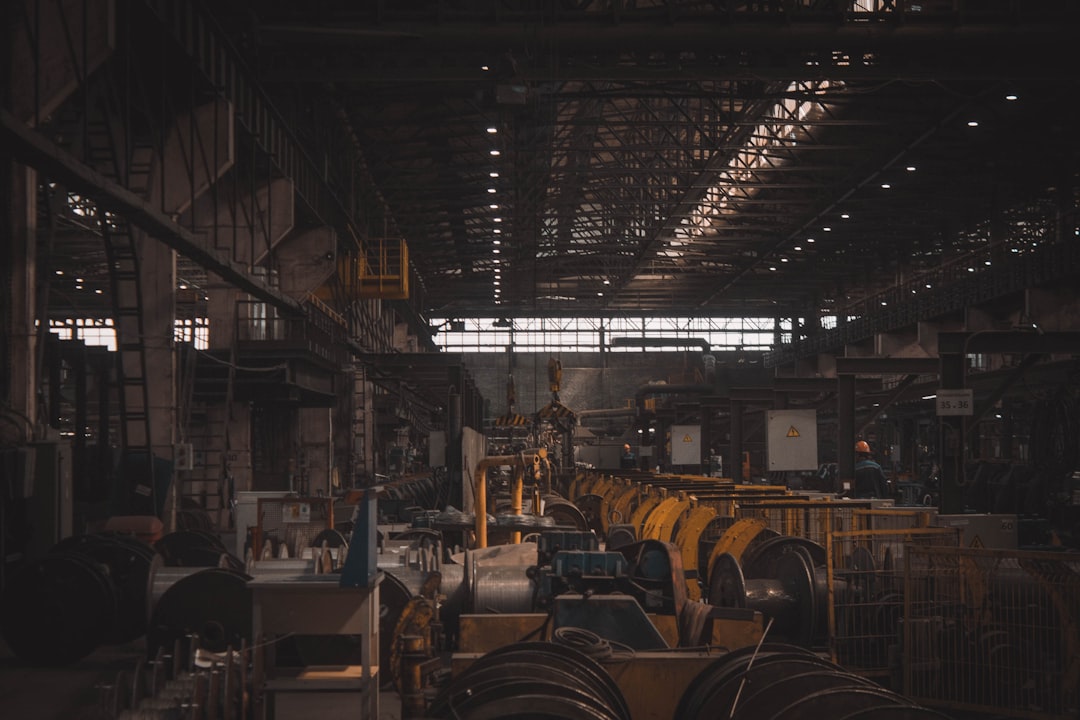Project-based steel manufacturing represents a dynamic and specialized sector within the broader steel industry. Unlike mass production, it focuses on creating bespoke steel components and structures tailored to the unique requirements of individual projects. This approach demands a high level of precision, collaboration, and project management expertise. This article delves into the key aspects of this fascinating field.
1. From Blueprint to Steel: The Design and Engineering Phase
The foundation of any successful project-based steel manufacturing endeavor lies in the meticulous design and engineering phase. This stage involves close collaboration between architects, engineers, and steel fabricators. Detailed blueprints and specifications are crucial, outlining every aspect of the steel structure, including dimensions, material grades, connections, and surface treatments. Advanced software like Building Information Modeling (BIM) plays a significant role, allowing for 3D visualization, clash detection, and efficient coordination between different project stakeholders. This collaborative approach ensures accuracy, minimizes errors, and ultimately optimizes the fabrication process, reducing waste and lead times.
Material selection is another critical aspect of this phase. The choice of steel grade depends on the project’s specific demands, considering factors like strength, durability, corrosion resistance, and budget. Engineers carefully analyze load requirements, environmental conditions, and aesthetic considerations to determine the most appropriate steel grade and section profiles for optimal performance and longevity.
2. Precision Fabrication: The Heart of Project-Based Steel Manufacturing
The fabrication stage is where the design blueprint transforms into tangible steel components. This involves a range of sophisticated processes, including cutting, bending, welding, drilling, and surface treatment. High-precision machinery, such as CNC (Computer Numerical Control) cutting machines and robotic welding systems, ensures accuracy and consistency in the fabrication process. Quality control is paramount throughout this stage, with rigorous inspections and testing to guarantee that every component meets the specified requirements and industry standards.
Project-based steel manufacturing often involves the creation of complex and intricate components, requiring skilled welders and fabricators with expertise in various welding techniques. The choice of welding method depends on factors like material thickness, joint design, and required strength. Advanced welding techniques, such as robotic welding and laser welding, ensure high-quality welds with minimal distortion and improved efficiency.
3. Efficient Logistics and On-Site Assembly
Once the steel components are fabricated, efficient logistics are essential for timely delivery to the project site. Careful planning and coordination are required to ensure that the components arrive on schedule and in the correct order. This often involves specialized transportation methods, such as heavy-duty trucks and oversized load permits, especially for large or complex structures.
On-site assembly requires a highly skilled and coordinated team. Experienced steel erectors work from detailed assembly drawings and utilize various lifting and rigging equipment to precisely position and connect the steel components. Safety is a paramount concern during this stage, with strict adherence to safety protocols and the use of appropriate personal protective equipment (PPE).
4. Project Management: Orchestrating a Complex Process
Project-based steel manufacturing demands exceptional project management skills. The project manager acts as the central coordinator, overseeing all aspects of the project from initial design to final assembly. Effective communication and collaboration between different stakeholders – including clients, engineers, fabricators, erectors, and subcontractors – are crucial for successful project execution.
Project management involves meticulous planning, scheduling, budgeting, and risk management. Utilizing project management software and tools helps track progress, manage resources, and identify potential issues early on. Regular monitoring and reporting ensure that the project remains on track, within budget, and meets the client’s expectations.
5. The Future of Project-Based Steel Manufacturing: Innovation and Sustainability
The future of project-based steel manufacturing is marked by a growing emphasis on innovation and sustainability. Advanced technologies, such as 3D printing and additive manufacturing, are gaining traction, offering the potential for greater design flexibility and reduced material waste. The adoption of Building Information Modeling (BIM) is also accelerating, improving collaboration and streamlining the entire process.
Sustainability is becoming increasingly important, driving the adoption of more environmentally friendly practices. This includes the use of recycled steel, energy-efficient fabrication processes, and the development of sustainable steel alloys with improved strength and durability. The focus is on reducing the carbon footprint of steel manufacturing while maintaining high quality and performance.
Project-based steel manufacturing is a complex but rewarding field, requiring a blend of engineering expertise, fabrication precision, and effective project management. Its ability to deliver bespoke solutions for diverse projects makes it an essential part of the modern construction landscape.
SEO Tags:
- Project-Based Steel Manufacturing
- Steel Fabrication Projects
- Custom Steel Structures
- Modular Steel Construction
- Steel Construction Project Management




